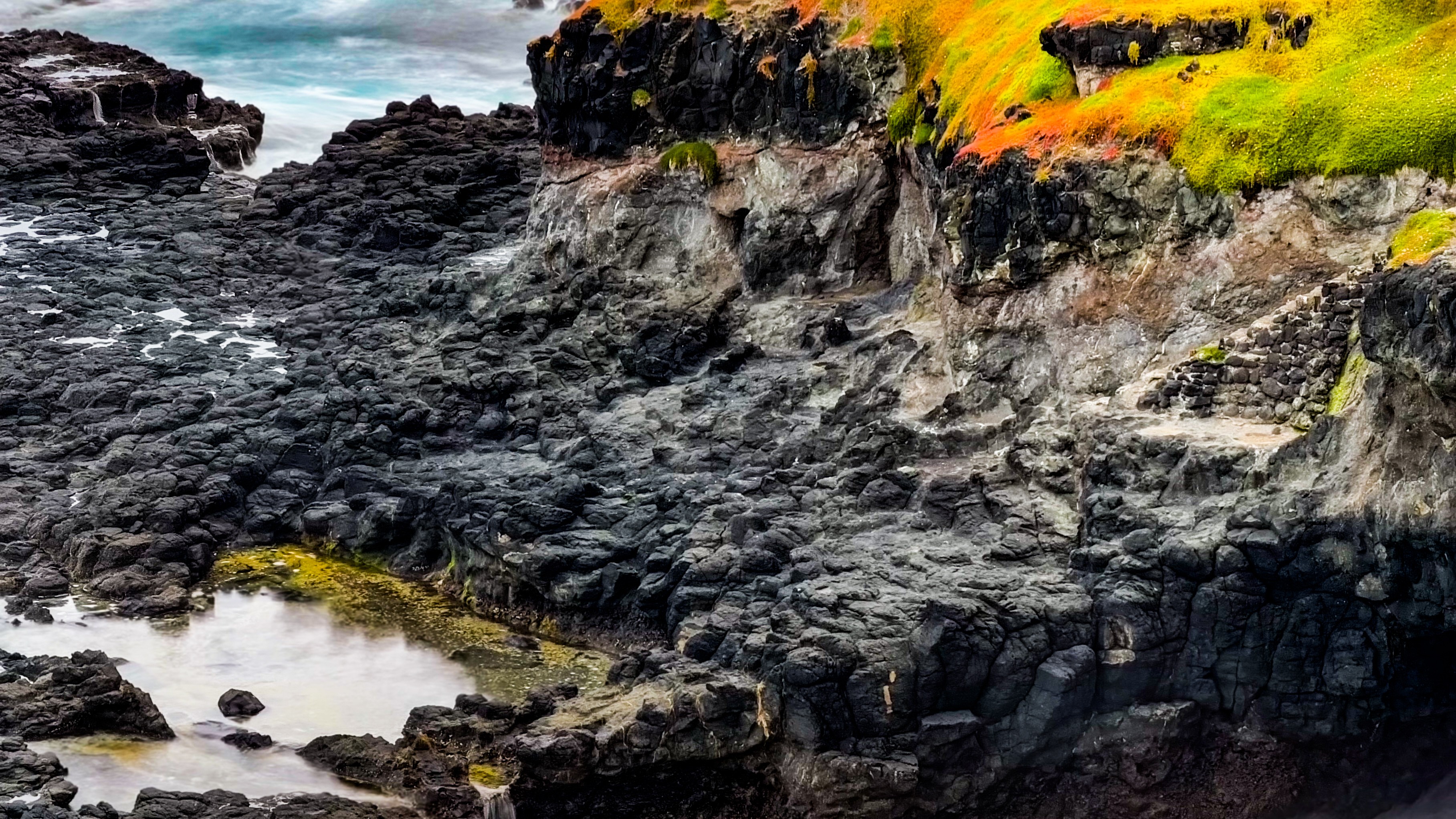Silver coins unearthed in New England may be loot from one of the 'greatest crimes in history'
Henry Every was one of the most famous pirates to ever live.
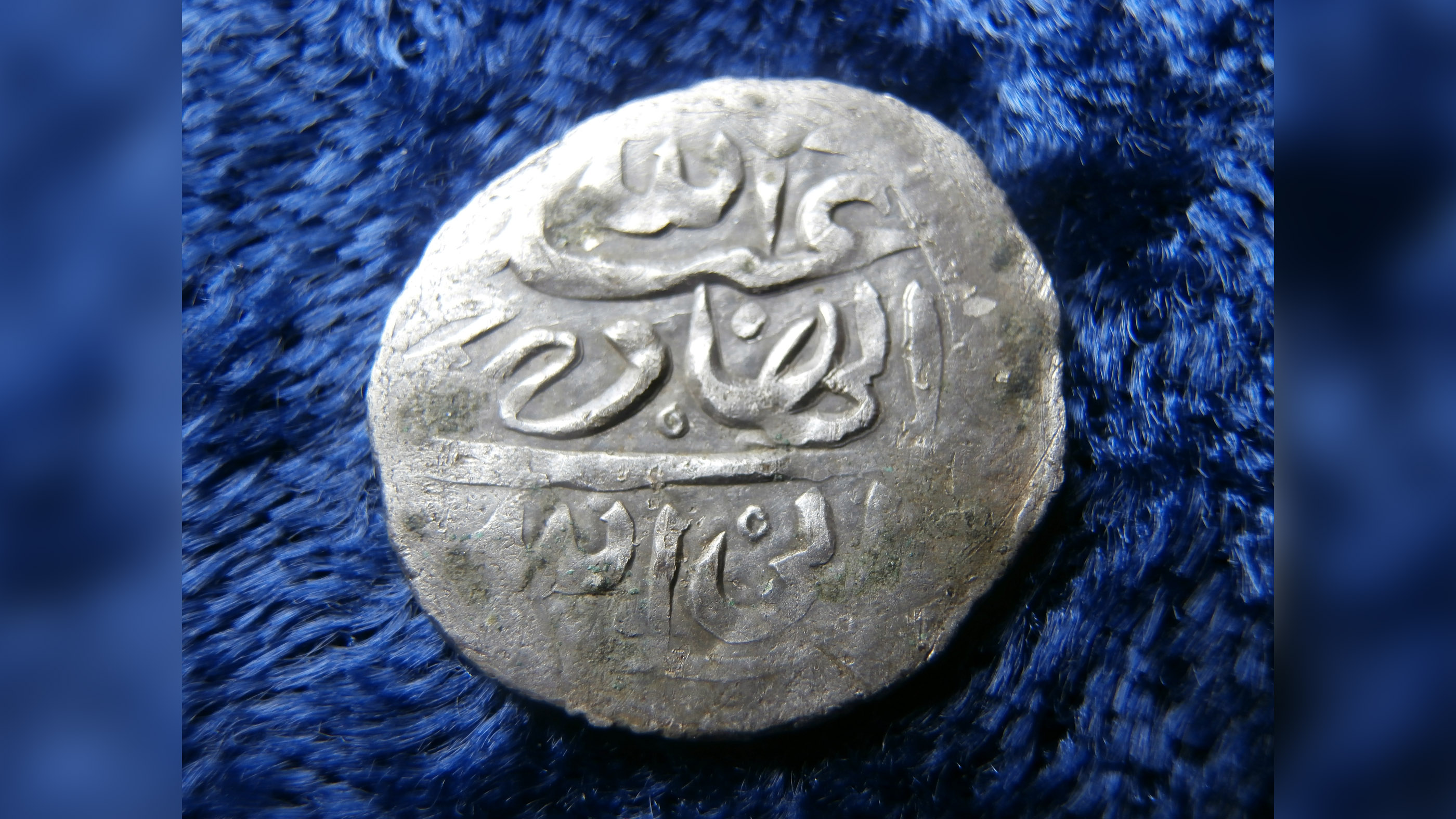
A handful of Arabian silver coins found in New England may be the last surviving relics of history's most notorious act of piracy — and perhaps one of the most famous pirates who ever lived.
Evidence suggests the distinctive coins were spent as common silver in the American colonies in the late 1690s by the fugitive pirate crew of Henry Every, also known as John Avery, who had fled there after plundering the Mughal treasure ship Ganj-i-sawai as it was returning pilgrims from the Muslim Hajj.
Researchers aren't certain that the coins are from the Ganj-i-sawai, but their origin, their dates and their discovery in such a distant region suggest they were seized by the pirates and spent in the Americas.
Related: 30 of the world's most valuable treasures that are still missing
The coins may have been handled by Every himself, who disappeared a few years later but who came to be portrayed as an almost heroic figure from what some have called the "Golden Age of Piracy."
Their discovery has also cast new light on Every's whereabouts shortly before he vanished with his loot. "We can prove beyond a doubt that he actually was in the mainland American colonies," Rhode Island metal detectorist Jim Bailey told Live Science.
Bailey found one of the first of the Arabian silver coins, called a comassee, in 2014 at the site of a colonial settlement on Aquidneck Island, about 20 miles (32 kilometers) south of Providence.
Get the world’s most fascinating discoveries delivered straight to your inbox.
More than a dozen similar coins thought to be from the pirate raid on the Ganj-i-sawai have now been discovered by metal detectorists and archaeologists elsewhere in Rhode Island, and in Massachusetts, Connecticut and North Carolina — maybe the last evidence of one of the greatest crimes in history.
Pirate attack
In 1695, Every and his cutthroat crew on board their ship Fancy joined a pirate raid on a convoy in the Red Sea that was returning to India from Mecca.
Every's ship chased and caught the convoy's flagship, the Ganj-i-sawai, which belonged to the Grand Mughal Aurangzeb, the Muslim emperor of what is now India and Pakistan. Reports say the pirates tortured and killed its crew and 600 passengers, before making off with gold and silver, including thousands of coins, said to be worth between 200,000 and 600,000 British pounds — the equivalent of between $40 million and $130 million in today's money.
Related: In photos: Pirate ship discovered in the UK
After an outcry led by the British East India Company, whose profits on the riches of India were threatened by the raid, Britain's King William III ordered what is regarded as the first international manhunt to capture Every and the other pirates.
By this time, however, Every and his crew had escaped to the New World. They lived for several months in the Bahamas, possibly with the collusion of the British governor of the islands; but they fled in late 1696 as the Royal Navy closed in.
Some of Every's crew went to live in the mainland colonies, where they were eventually tried and acquitted, possibly as a result of bribery; but there were no further sightings of Every. Later reports suggested he had sailed to Ireland while still on the run and that he died there, impoverished, a few years later. Since his loot from the Ganj-i-sawai was never accounted for, rumors long persisted that the treasure had been buried somewhere in secret.
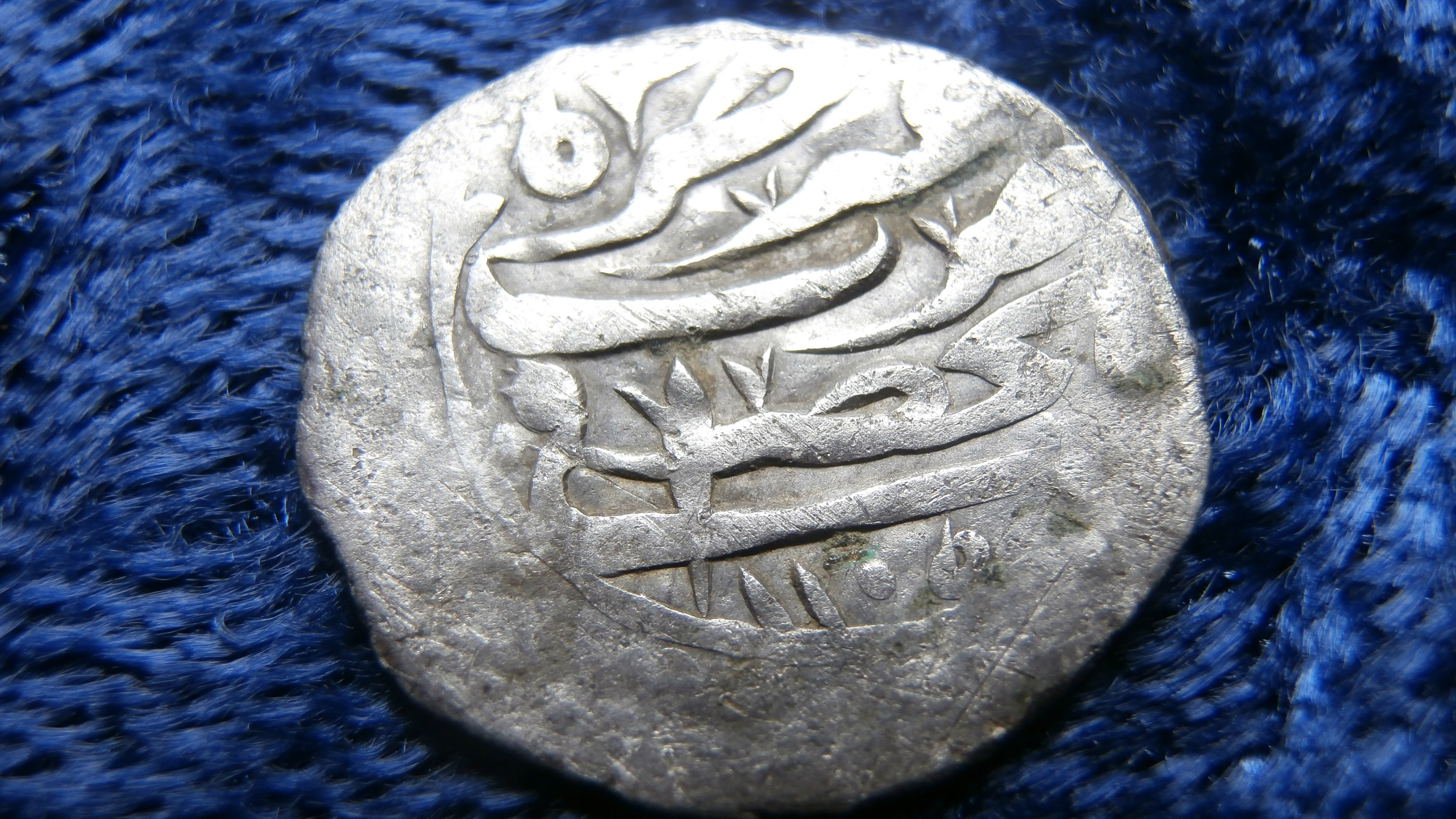
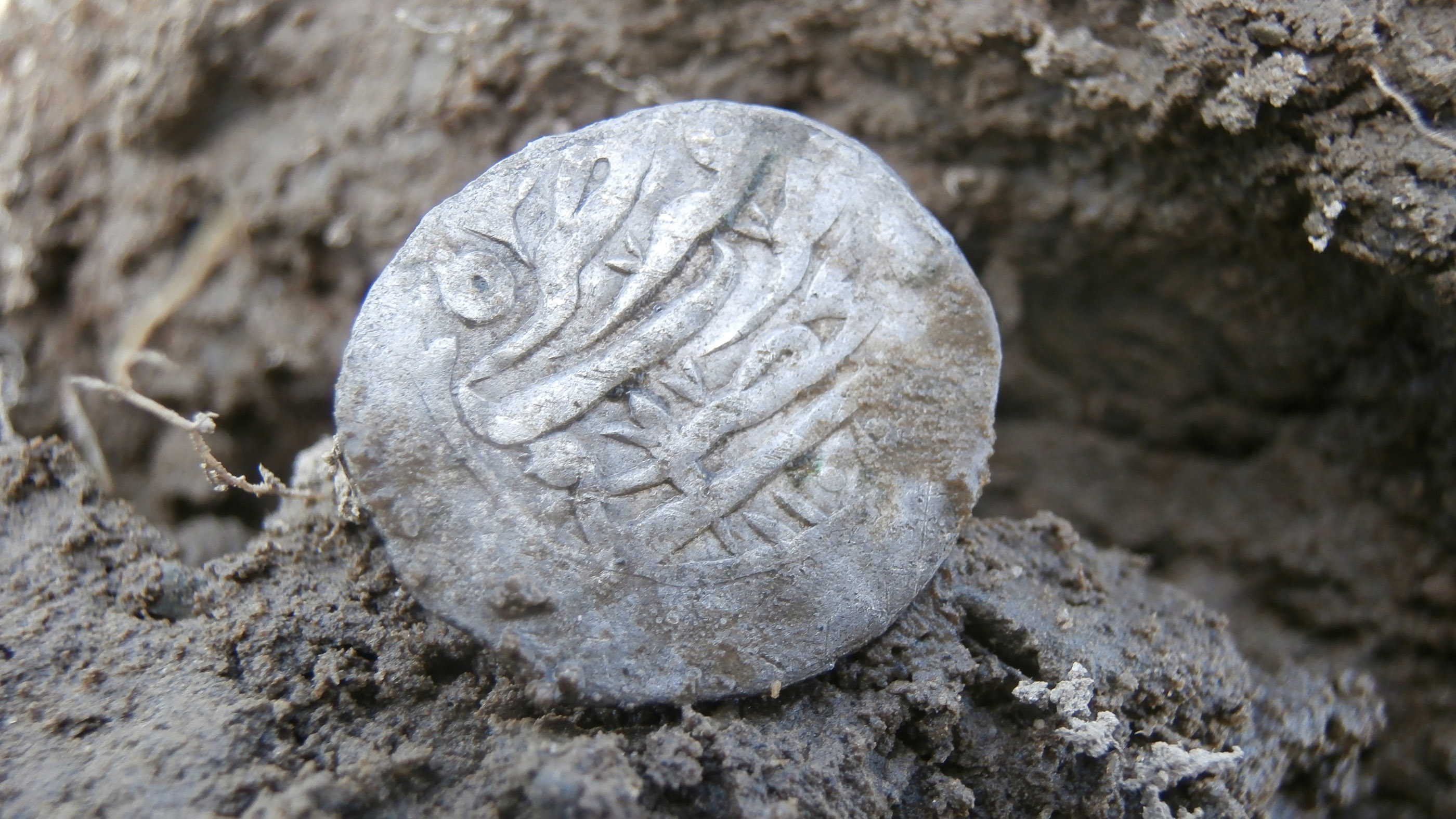
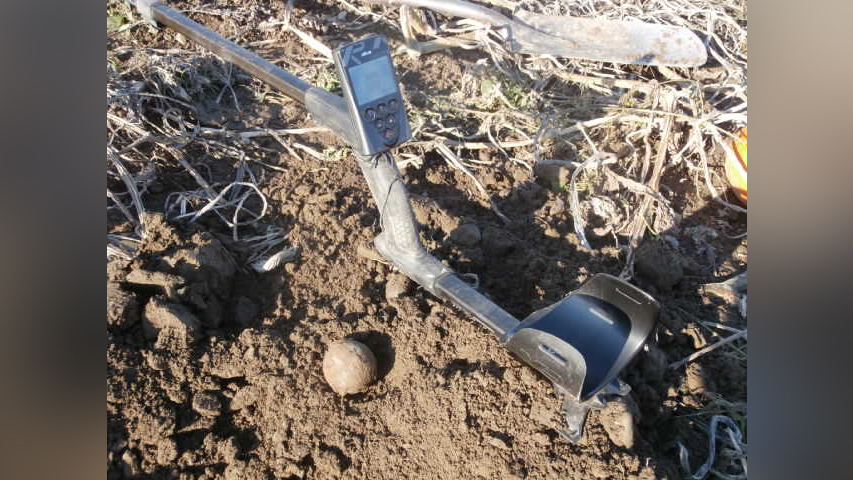


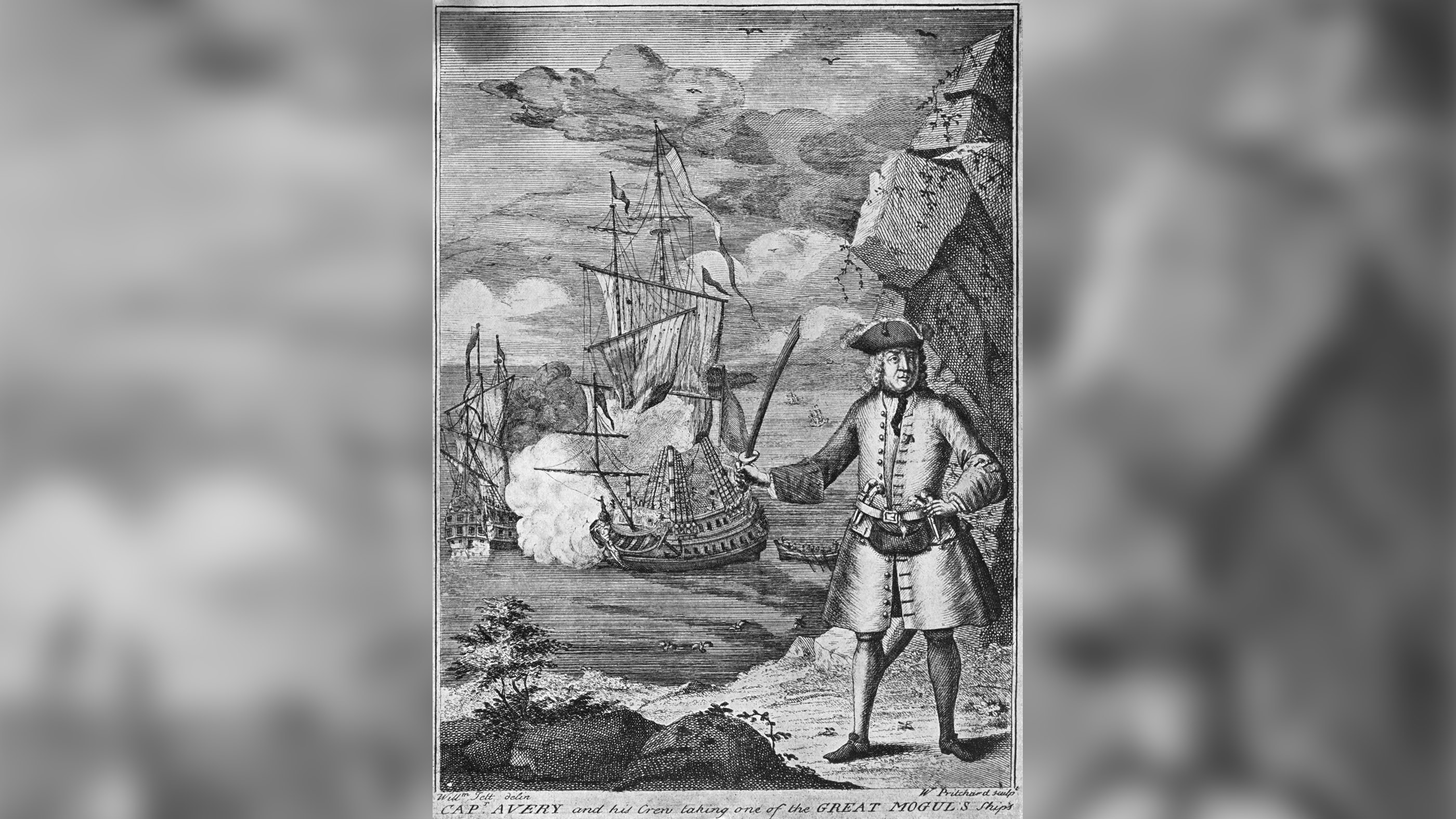
Arabian silver
Bailey is an amateur archaeologist who worked on the recovery of the wreck of the Whydah, a pirate ship discovered off Cape Cod in 1984.
Related: The most notorious pirates ever
In 2014, his metal detector picked up the first of the mysterious coins in a meadow on Aquidneck Island that was once the site of a colonial township.
"You never field-clean a coin, because you could damage it," he said. "I had to run to my car and get a big bottle of water… the mud came off, and I saw this Arabic script on the coin and I was amazed, because I knew exactly where it'd come from," he said. "I was aware that the American colonies had been bases of operation for piracy in the late 17th century."
Studies of the Arabic writing on the coin showed it had been minted in Yemen in southern Arabia in 1693, just a few years before the pirate attack on the Ganj-i-sawai. Another 13 have been found, mostly by metal detectorists, but the latest in 2018 by archaeologists in Connecticut; two Ottoman Turkish silver coins thought to be from the same hoard have also been unearthed in the region.
Bailey has carefully studied each of the discoveries, while researching historical sources about the pirates who might have brought the coins to the Americas; and in 2017, some of his work was published in the Colonial Newsletter, a research journal published by the American Numismatic Society.
Several of the coins show the year they were minted, while some are marked with the names of rulers at the time, which can be used to date them. "None of the coins date after 1695, when the Ganj-i-sawai was captured," Bailey said.
Pirate treasure
Every is thought to have sailed directly to Ireland after his time in the Bahamas, but Bailey's research suggests Every first spent several weeks on the American mainland, trading in African slaves he had bought with the loot from the Ganj-i-sawai.
Historical records relate that a ship Every had acquired in the Bahamas, Sea Flower, sold dozens of slaves on the mainland, and Bailey's research suggests that Every was on board, he said.
Bailey thinks Every probably died in Ireland eventually, as described by some chroniclers. But others portrayed him as a swashbuckling "king" who ruled for years over a fictional pirate utopia in Madagascar.
There's no way to know if Every handled the New England coins himself, but Bailey thinks they were almost certainly part of the hoard looted from the Mughal ship (Some coin specialists, however, are not convinced by his theory.)
While most of the loot was probably melted down to hide the origins, "what we're finding basically are the coins that were being used by the pirates when they were on the run: coins for lodgings, coins for meals, coins for drinking," he said.
Astonishingly, the coins may also have been referred to in the manhunt proclamation by King William, which stated that Every and the other fugitives had looted many "Indian and Persian" gold and silver coins from the captured ship.
"How often do you find a coin that's mentioned in the proclamation for the capture of a pirate and the subject of the first worldwide manhunt?" Bailey said. "It's just fantastic."
Originally published on Live Science.
Tom Metcalfe is a freelance journalist and regular Live Science contributor who is based in London in the United Kingdom. Tom writes mainly about science, space, archaeology, the Earth and the oceans. He has also written for the BBC, NBC News, National Geographic, Scientific American, Air & Space, and many others.
